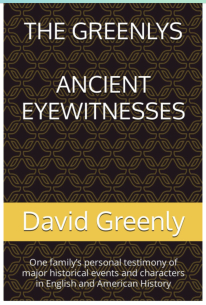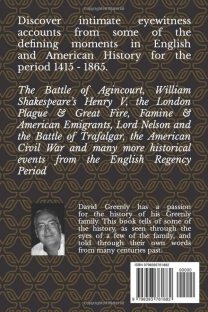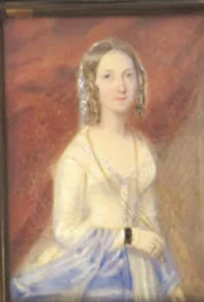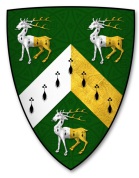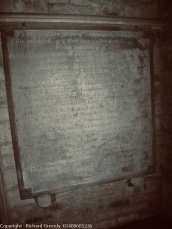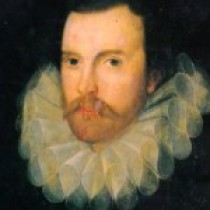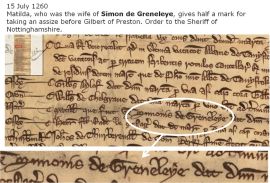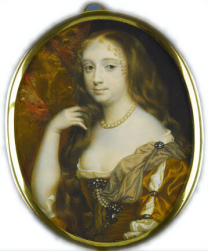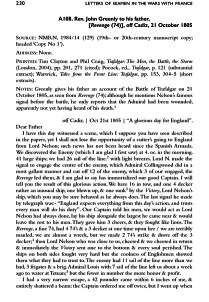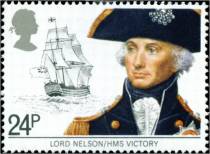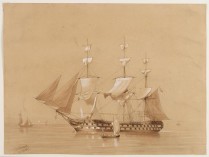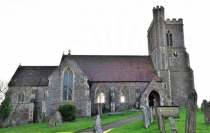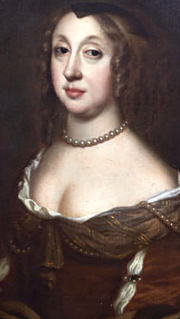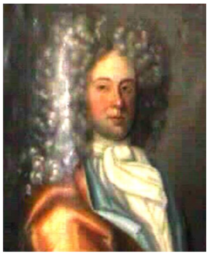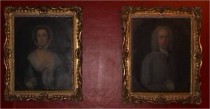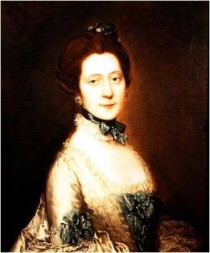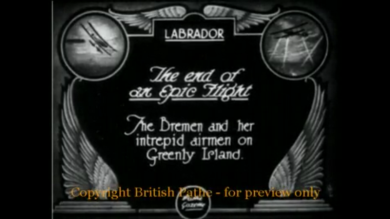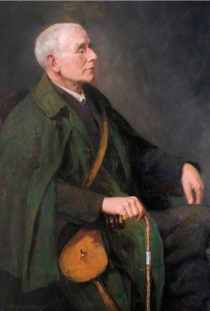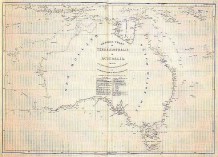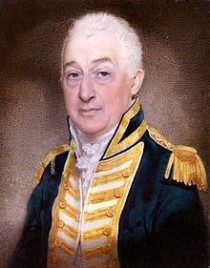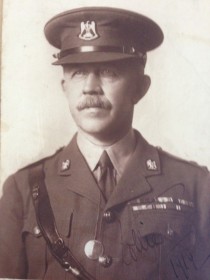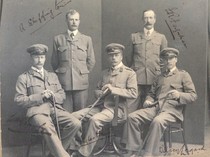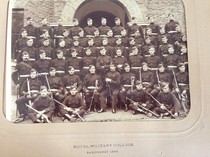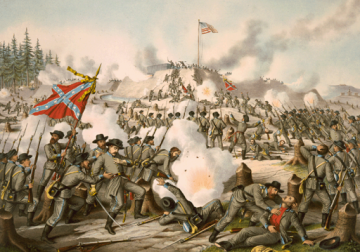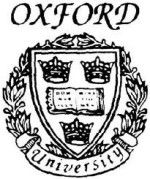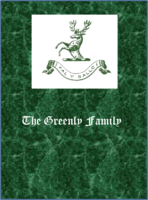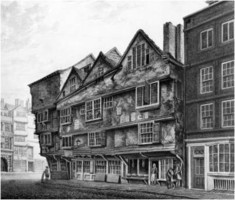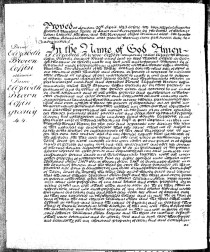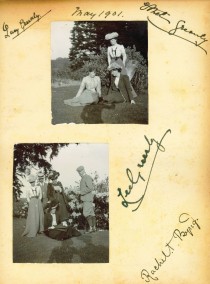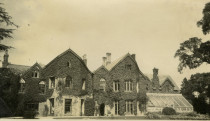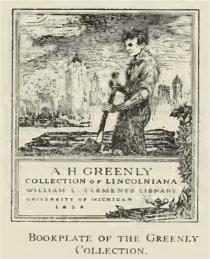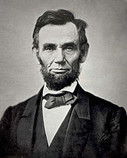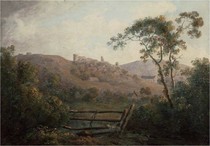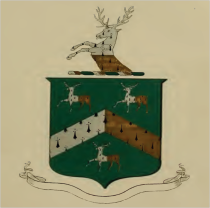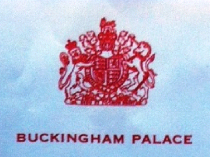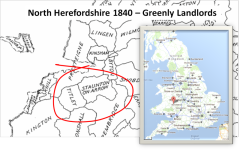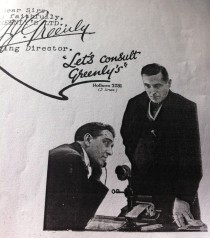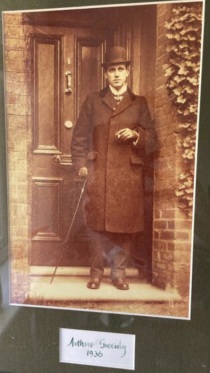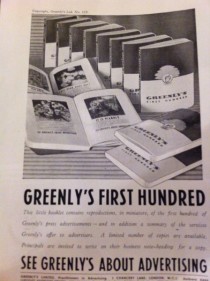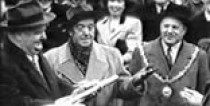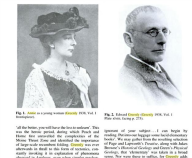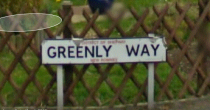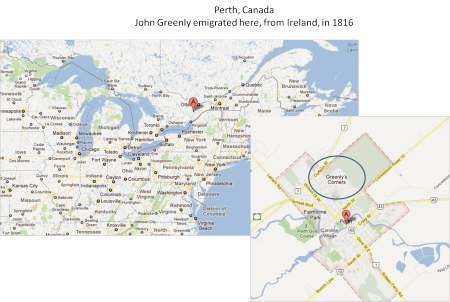John Greenly 1775 - 1854 - Emigrated to Canada in 1816 from Ireland
The following is from Ron W. Shaw of Perth, Canada.
It tells the story of John Greenly, of Ireland who emigrated, with his wife, Dorothea, to Perth, Canada on 23 August 1816. This would suggest they left Ireland early in the spring of that year or possibly in the summer 1815. Their arrival at Perth in 1816 also suggests they may have been among those who responded to the British Government “Edinburgh Proclamation” of February 1815 offering free passage, free land and settlement support in Upper Canada. Although that scheme was aimed primarily at Scottish Highlanders, the proclamation was also published in Ireland.
Soldier Settler
JOHN GREENLY
1775-1854
Ballaghkeen Yeomanry Dragoon
The Greenly/Greenley surname appears to have originated in England, in the Parish of Titley, Herefordshire where the family owned a manor from the mid 1500s. It is presumed that the Greenly family of Ireland and Canada are probably descended of this family, but no direct connection or proof of relationship has been established (DG Note – The relationship is now established with Herefordshire. All first born male Greenly's named John). The surname Greenly was extremely rare in Ireland during the period of the late eighteenth and early nineteenth century and practically nonexistent after that time as it is presently.
Up to the 20th century, the name is most often, but not always, spelled Greenly, and thereafter a constant spelling of Greenley is used. However, in the text of John Greenley’s will (possibly not written by John himself) the spelling is Greenley although his signature uses the spelling Greenly.
John Greenly (1775-1854) & Dorothea Blake Richardson (????-1828)
According to a Greenly/Greenley family history, published by John C. Stevenson and Louise M. Greenley-Stevenson in 1990, soldier settler John Greenley;
is believed to have been born about 1775 in the Townland of Knockadawk (pronounced Knockadague), Parish of Kiltrish, Wexford County, Ireland. During the 1798 rebellion in Ireland, John Greenly served as a cavalryman in the Ballaghkeen Yeomanry, under command of Captain Hawtrey White of the Manor of Peppardscastle. John was severely wounded in the groin, thigh and arm and recovered in the Royal Hospital, Kilmainham, Dublin. At this time John Greenly was a tenant farmer of the White family of the Townland and Manor of Peppardscastle. Peppardscastle was not, at that time, an actual castle, but was the name of the area – a Townland, comprising approximately 400 acres in the Parish of Donaghmore, County Wexford, approximately midway between the towns of Gorey and Enniscorthy.
An 1811 map of Ballywater shows two lots leased by John Greenly while an entry in the 1800 Journal of the Irish House of Commons strongly suggests that in addition to his physical injuries, John Greenley suffered significant property losses in the 1798 rebellion;
“John Greenly: Farmer, Peppardscastle, house and buildings burned. Claim for compensation allowed.”
The sword carried by John Greenly during his service with the Ballaghkeen Yeomanry Dragoons is on display at the Perth Museum.
In 1801 John Greenly married Dorothea (Blake) Richardson, a widow with three daughters; Mary, Ann and Elizabeth. John and Dorothea Greenly had three sons, John, Robert and James, and at least two daughters, Charlotte and Jane.
It appears that John and Dorothea were tenants of the White family of Peppardscastle until 1816 when they sailed with three sons and one daughter on the ship “Betty & Mary”, arriving August 1816 at Perth, Drummond Township, Lanark County, Ontario. This area had just been surveyed and opened for settlement in 1815.
According to “Transaction of Land Grant” records held by the National Archives of Canada (MG9 D8-27 Vol Reel C5651) John and Dorothea arrived at Perth on 23 August 1816. This would suggest they left Ireland early in the spring of that year or possibly in the summer 1815. Their arrival at Perth in 1816 also suggests they may have been among those who responded to the British Government “Edinburgh Proclamation” of February 1815 offering free passage, free land and settlement support in Upper Canada. Although that scheme was aimed primarily at Scottish Highlanders, the proclamation was also published in Ireland.
John, Dorothea and family were amongst the very first immigrants in the Perth area, settling land at Lot-1, Concession-2, Drummond Township … land which now forms a part of the Town of Perth, adjacent to the intersection of Highway-7 and Lanark Road.
The “Transaction of Land Grants” records noted above record;
John Granly (i.e. Greenly), emigrant, 1 adult male, 1 adult female, 2 males over 12, 1 male under 12, 1 female over 12, and 2 females under 12, country Ireland, ship Betty & Mary, August 23, 1816, located September 2, 1816, Drummond Concession-2, Lot-1/SW and June (no year written), Bathurst, Concession-10, Lot-19 SDP.
The adult male and female would be John Sr. and Dorothea. One of the males over 12 is John Jr. (b.1801) and the other must be Robert (b.1806) although he was actually only 10 years of age in 1816. The male under 12 is James (b.1810). The two females under 12 are Charlotte (b.1808) and Jane (b.1813). The third female, over 12, is Elizabeth Ann Richardson (b.c1794), John Greenly’s step-daughter.
According to the Stevenson Greenley family history;
John Greenly was an active member of the Wesleyan Methodist Faith and one of a small group who formed the first Methodist Church shortly after their arrival in Perth.
On 20 January 1819, John Greenly was granted a (military) Chelsea Hospital Out-Pension in compensation for the wounds suffered in service to the Crown. The pension document records that his occupation, at the time of his recruitment into the Ballaghkeen Yeomanry, was that of a “Turner” and records his physical description as being five feet nine inches in height with grey eyes, fair hair and a fair complexion.
In about 1815 daughter Mary Richardson, (b. c 1791 in Ireland), married Sea Captain William Richards (b. c1790/95) and they moved to Halifax, Nova Scotia in 1817, St. John New Brunswick in 1818 and later to Perth where they settled on Concession-3 Lot-1 of Drummond Township … next door to her mother at Greenly’s Corners. Her husband served in the British Navy during the war of 1812 and later commanded a merchantmen between London, Lisbon and the West Indies.
After moving to Perth Captain Richards seems to have done little farming but soon took command of a (Tay/Rideau) canal steamer the “Enterprise”. He died at Perth 25 Oct 1854 and Mary Richardson-Richards died at Perth on 24 Dec 1861.
Dorothea’s daughter Ann Richardson, (b. c1792 in Ireland), married John Willoughby in Ireland, also in about 1815. They arrived in Canada via the vessel “Atlantic” on 14 August 1817 and settled on Concession-2 Lot-21 of Lansdowne Twp. in Leeds County, Ontario. John Willoughby died in about 1830 and Ann Richardson-Willoughby was remarried to William Biggar who died in 1862/63. Ann Richardson-Willoughby-Biggar died on 10 March 1872.
Dorothea’s third daughter Elizabeth Ann Richardson, (b. c1794 in Ireland), who came to Perth with John and Dorothea in 1816 married James Braiden of Concession-1 Lot –5 of Lanark Township, Lanark County, Ontario on 07 April 1823. James Braiden had arrived in Canada in 1820, also from Ireland. James Braiden died 15 Apr 1865 and Elizabeth Richardson-Braiden died 23 Oct 1875.
John Greenly and Dorothea Blake-Richardson had five children, all of whom were born at Peppardscastle, Wexford County, Ireland and traveled with their parents to Canada;
- John (1801-1850) married (1840) Charlotte Brown
- Robert (1806-1889) married (1830) Elizabeth Echlin (see below)
- Charlotte (1808-1828), unmarried
- James (1810-1893) married Ann -?- and later married Mary Morris
- Jane (1813-1844) married (1836) John Rudd.
John Greenly died 15 Sep 1854 at Perth. Dorothea Blake-Richardson-Greenly died of cholera 01 Aug 1828 at Perth. It is not known when second wife Jane Poole-Greenly died.
Robert Greenly (1806-1889) & Elizabeth Echlin (1813-1892)
Robert Greenly was born in 1806 at Peppardscastle, Wexford County, Ireland and married Elizabeth Echlin (1813-1892) at Perth Ontario on 23 Dec 1830. Elizabeth was the daughter of Thomas Echlin and Sarah Deacon.
Robert probably inherited the Greenly homestead at Greenly’s Corners as his father John’s will of 1828 bequeathed the property at Lot-1 & Lot-4(NE), Concession-2 of Drummond Township to him, along with one half of the livestock and farming utensils (the other half going to his brother John). Robert, however, was instructed in the will to pay his brother John 20 pounds toward building a house. A later will of 1843 superseded the will of 1828, but Robert still seems to have inherited the home property.
Robert and Elizabeth had seven children;
John (1831-1909) married (1867) Johanna L. B. Brautigam
James (1833-1834) was unmarried
Charlotte (1836-1923) was unmarried
Jane (1839-1904) married (1898) James Spence
Mary Ann (1840-1925) married (1878) William Morris
James (1846-1920) married (1877) Isabella McInnes
Robert George (1850-1919) married (1874) Mary Eliza Burrows.
Robert Greenly died 06 Jun 1889 at Perth, Ontario and his wife Elizabeth Echlin-Greenly died 16 May 1892 in Bathurst Township, Lanark County.
Ron W. Shaw (2005) - email enquiries to Ron at scdhrcda@ripnet.com
Towards the end of the reign of King Henry VIII, George Grenlegh or Grenley (c.1539) became part of the executive of the Lordship of Ireland, acting as agent to Leonard Grey, 1st Viscount Grane, the Lord Deputy of Ireland.[122] Family involvement in Ireland grew, when in the mid 16th century, they were granted additional lands and estates, near the city of Limerick, Munster,[2] by Queen Elizabeth I and Thomas Wentworth, 1st Baron Wentworth, the Lord Chamberlain, to establish various armouries for small arms and culverin cannon as part of the Tudor conquest of Ireland.[3][12] As members of the "New English" class granted plantation lands on the border of the Earldom of Ormond, the family line that settled there supported the establishment of the Church of Ireland and the continued Anglicisation of the country. During the British Civil Wars in Ireland the family were loyal to the Crown as Protestant Royalists and remained so throughout the Protectorate and into the Restoration, typified by those such as John Grinley (c. 1635), a King's Royal Guardsman, who joined the company of Lt Col Sir William Flower, the agent and informer of James Butler, 1st Duke of Ormond, in 1662.[123] However, as committed Protestants, the family were increasingly subjected to religious persecution during the reign of King James VII and II, and their lands and hall were destroyed in response to the ongoing religious and monarchical turmoil of the 16th and 17th centuries, particularly that surrounding the Battle of the Boyne.[2][41] The family were invited into the protection of Trevor Hill, 1st Viscount Hillsborough and Wills Hill, 1st Marquess of Downshire and member of parliament for Warwick, but largely decided to leave Ireland and emigrate to America at the beginning of the 18th century.[
